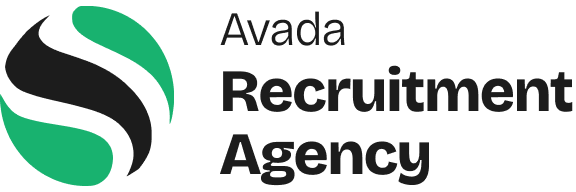table of contents
Optimizing Your Website: Good, Better, and Best Practices
In today’s digital landscape, having a well-optimized website is more important than ever. Whether you are running a personal blog, a business site, or an e-commerce platform, optimization can mean the difference between thriving and simply surviving online. But optimization isn’t a one-size-fits-all scenario; it involves multiple layers, each building upon the last. In this article, we’ll explore good, better, and best practices for optimizing your website to improve user experience, search engine rankings, and overall performance.
Good Practices: The Essential Foundations
Good practices are the baseline optimizations every website should implement. These ensure your site is functional, accessible, and user-friendly.
1. Responsive Design
With mobile traffic surpassing desktop in many sectors, having a responsive website that adapts seamlessly to different devices is essential. A responsive design ensures your content is easily readable and navigable on smartphones, tablets, and desktops without requiring zooming or horizontal scrolling.
2. Fast Loading Speed
Users expect websites to load quickly. Even a delay of a few seconds can increase bounce rates. Basic steps like optimizing images, leveraging browser caching, and minimizing HTTP requests help your site load faster.
3. Clear Navigation
Good navigation helps users find what they’re looking for without frustration. Using straightforward menus, logical page hierarchy, and clear calls-to-action ensures visitors can explore your site intuitively.
4. Basic SEO Fundamentals
Implementing basic SEO practices such as using descriptive title tags, meta descriptions, and proper heading structures helps search engines understand your site’s content and improves your visibility.
Better Practices: Taking Optimization to the Next Level
Once you have the fundamentals in place, better practices help you refine and enhance your website’s performance and user experience.
1. Advanced Image Optimization
Beyond resizing images, better practices include using next-generation formats like WebP, lazy loading images below the fold, and compressing images without sacrificing quality. These techniques reduce page size and improve load times further.
2. Enhanced SEO Strategies
Better SEO involves keyword research to target relevant search terms, optimizing for featured snippets, and improving internal linking structures. Additionally, creating high-quality, valuable content that addresses user intent helps boost your rankings.
3. Accessibility Improvements
Making your site accessible to all users, including those with disabilities, is both ethical and beneficial. This includes adding alt text to images, ensuring sufficient color contrast, and enabling keyboard navigation.
4. Implementing HTTPS
Security is a crucial aspect of optimization. Switching to HTTPS not only protects your users’ data but also improves search engine rankings as Google favors secure sites.
Best Practices: The Ultimate Optimization Techniques
Best practices represent the cutting edge of website optimization, combining technical excellence with user-centric design.
1. Performance Optimization with Modern Tools
Use advanced performance optimization tools like Content Delivery Networks (CDNs) to reduce latency globally, HTTP/2 for faster multiplexed connections, and server-side caching mechanisms. Additionally, using tools like Google’s Lighthouse or WebPageTest can provide deep insights and actionable recommendations.
2. Progressive Web Apps (PWAs)
Transforming your website into a PWA allows users to experience app-like performance, offline access, and push notifications. PWAs improve engagement and provide a seamless experience across devices.
3. Structured Data Markup
Implementing schema.org structured data helps search engines understand the context of your content better, enabling rich snippets in search results that can increase click-through rates.
4. Continuous Monitoring and A/B Testing
Optimization is an ongoing process. Using analytics tools to monitor user behavior, page speed, and conversion rates allows you to identify bottlenecks. A/B testing different layouts, copy, and features helps determine what works best for your audience.
5. Personalized User Experience
Leveraging data to customize content, offers, and navigation for returning visitors or segmented audiences can significantly increase engagement and conversions. Personalization tools and AI-driven recommendations are increasingly accessible even to small and medium-sized websites.
Conclusion
Optimizing your website is a journey that progresses from good to better to best practices. Starting with solid fundamentals ensures your site is accessible and functional, while advanced techniques push your site toward exceptional user experience and performance. By continuously refining your optimization strategies and embracing new technologies, you can create a website that not only attracts visitors but also converts and delights them.




